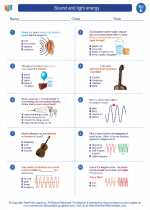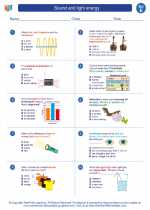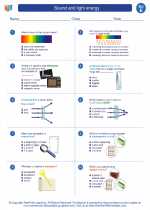Structure of DNA
The structure of DNA is composed of two long chains of nucleotides, which are made up of a sugar, a phosphate group, and a nitrogenous base. The nitrogenous bases are adenine (A), thymine (T), cytosine (C), and guanine (G). The two chains are twisted together into a double helix, with the nitrogenous bases forming pairs: A with T, and C with G.
Function of DNA
The primary function of DNA is to store and transmit genetic information. It serves as the blueprint for the development and functioning of all living organisms. DNA is responsible for determining an organism's traits, such as eye color, height, and susceptibility to certain diseases.
Replication of DNA
DNA replication is the process by which a cell makes an identical copy of its DNA. This is essential for cell division and the passing on of genetic information to offspring. During replication, the DNA double helix unwinds and each strand serves as a template for the formation of a new complementary strand, resulting in two identical DNA molecules.
Study Guide
- What are the components of a nucleotide in DNA?
- Explain the base pairing in DNA.
- What is the function of DNA?
- Describe the structure of the DNA double helix.
- How does DNA replicate?
◂Science Worksheets and Study Guides Fifth Grade. Sound and light energy

 Activity Lesson
Activity Lesson
 Worksheet/Answer key
Worksheet/Answer key
 Worksheet/Answer key
Worksheet/Answer key
 Worksheet/Answer key
Worksheet/Answer key
 Worksheet/Answer key
Worksheet/Answer key
 Vocabulary/Answer key
Vocabulary/Answer key
 Vocabulary/Answer key
Vocabulary/Answer key
